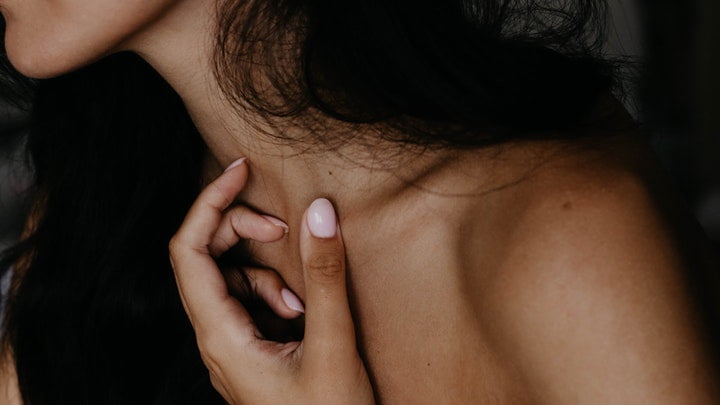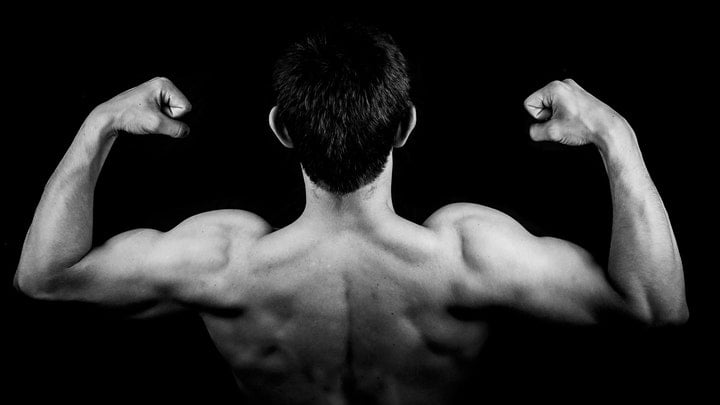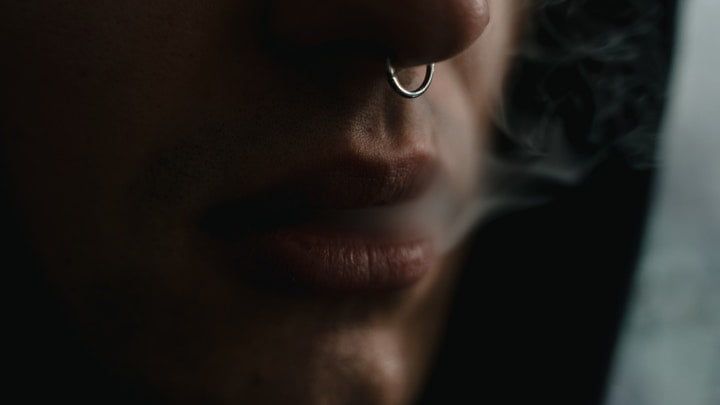What is Body Dysmorphia?

Body dysmorphia, or BDD (body dysmorphic disorder) as it is often referred to, is a mental illness that causes sufferers to have a distressing or impaired judgement about their physical appearance. The flaws that people with body dysmorphia focus on maybe tiny or barely noticeable to others, and in some cases, completely imagined.
However, to the sufferer they are life consuming, and these issues can cause them to completely breakdown.
Body dysmorphia was not considered to be a common illness but has become more prevalent in recent years across many age groups. There are several factors that contribute to body dysmorphic disorder and can range from psychological conditions, coupled to environmental and biological aspects.
One environmental factor is social media where the constant pressure to appear perfect and flawless to others can be an extremely damaging factor in body dysmorphia sufferers. This adds further pressure and mental strain to those diagnosed with the condition.
Some other causes and contributing factors to body dysmorphic disorder include symptoms such as [1];
- Abuse
- Bullying
- Child Neglect
- Low self-esteem
- Depression/anxiety
- Isolation / loneliness
- Perfectionism / competing with others
- Personality traits
- Past trauma
- Pressure from society / social media
- Family history of OCD (obsessive-compulsive disorder)
Feelings of constant failure, shame throughout childhood, and inadequacy are factors that are thought to contribute to the illness. The stress and emotional strain of body dysmorphic disorder are difficult enough on their own.
Adding substance abuse and addiction to the illness makes it even more complex and exceedingly hard not to use drugs to cope.
Signs and Symptoms

Body dysmorphia affects both men and women and can start manifesting in adolescence. As it progresses, sufferers show several signs of repetitive behaviours focusing on the body.
These irrational and compulsive actions relate to physical appearance and can sometimes cause permanent damage to the body, which could only heighten the illness [2].
Some examples include:
- Nail-biting
- Picking at skin
- Pulling out hair
- Cutting
- Constant grooming
- Constantly looking in the mirror
- Constantly needing reassurance
- Becoming withdrawn
- Expressing hatred at their appearance
- Obsessive cosmetic surgery
- Avoiding mirrors
Some of these signs and symptoms can vary in different sufferers, and at different frequencies depending on what they are most focused on. They can be extremely stressful and emotionally distressing to cope with.
Because of this, many people with body dysmorphic disorder often self-medicate and use substances to help them block this out.
By turning to substance abuse to cope with BDD, sufferers are at high risk of addiction. People with body dysmorphia often have obsessive repetitive behaviours and are not likely to be able to control their addiction to substance use once they start.
Steroids, Body Building and Body Dysmorphia

Another form of body dysmorphic disorder is muscle dysmorphic disorder or MDD. This form of the illness is where a person believes that they are physically not lean or muscular enough and begin an obsessively focused regime building their perceived idea of the perfect body type.
This disorder is common in the fitness industry, bodybuilding gyms, health clubs and sports such as wrestling.
Bodybuilding is a normal hobby for many people but for someone with muscle dysmorphic disorder, can be dangerous. This is largely down to the fact that those with this disorder use a range of supplements to help achieve their desired look.
When they don’t see the results, they hoped for, they can turn to growth hormones and anabolic steroids.
These steroids have worry and sometimes irreversible side effects on the body. If a person suffering from this type of body dysmorphia begins taking these types of substances, they can easily become addicted and increase the dosage if they feel it is not working well enough.
Some serious side effects from these can be things like;
- Liver disease, including cysts and tumours
- Kidney disease
- Heart disease / heart attacks / strokes
- Hair loss
- Acne / bad skin
- Anger / aggression / irritability
- Depression / suicidal thoughts
Body Dysmorphia and Cocaine Dependency

There are people suffering from body dysmorphic disorder whose focus is to lose weight and some of these weight loss ideals are extreme and unhealthy. A worrying common factor amongst these sufferers is cocaine abuse.
Cocaine suppresses the appetite, and so is a common choice of substance for those seeking to lose weight in extreme circumstances. Cocaine interrupts the body’s metabolic process, preventing fat storage and intake from meals which can cause an imbalance in the body’s natural fat digestive system.
Whilst taking this substance would cause weight loss due to reduced appetite, cocaine also has worrying side effects on the body from usage. When taken in larger amounts, it can be even more dangerous, as people may skip food altogether which can be detrimental to a person’s health.
Cocaine also causes anxiety and paranoia, which may heighten other mental health issues, especially in someone with body dysmorphic disorder.
Substance Abuse and Body Dysmorphia

People with BDD often feel negative about themselves and suffer from low self-esteem. This low feeling often pushes them towards illegal substances that give them feelings of euphoria and escapism from the negative destructive feelings they suffer from their mental illness.
The hallucinogenic drugs they take are a form of escapism from the reality of their current lives. These false feelings from substance abuse could end up causing addiction.
The manufactured feelings can also become an addictive alternative to the negativity and stress of their illness. Increased usage of these substances only raises the risk of addiction.
Addiction, Body Dysmorphia and Treatment

There are some treatments available that may help those suffering from body dysmorphic disorder and addiction varies depending on the person’s needs. Some of these treatments include various types of therapy such as;
- Cognitive therapy – Cognitive behaviour therapy is a talking therapy that can help with how a person thinks about things.
- Group therapy – Group therapy can be helpful as a session where several people with common issues come together to discuss and get help and support from one another.
- Psychotherapy – This is a form of therapy that involves talking with a phycologist, psychiatrist, or other mental health professional.
- Family therapy – Family therapy is a type of counselling that family members attend to help them to learn and improve their communication skills and support with sufferers within the family unit.
These types of therapies can be very helpful for sufferers with addiction and body dysmorphic disorder, especially if they are suffering substance withdrawal. Going through two conditions at the same time can be extremely difficult and stressful so maintaining the support networks is an important part of recovery [3].
Useful Links
[2]Body dysmorphic disorder (BDD) – NHS (www.nhs.uk)
[1]About BDD | Mind, the mental health charity – help for mental health problems





